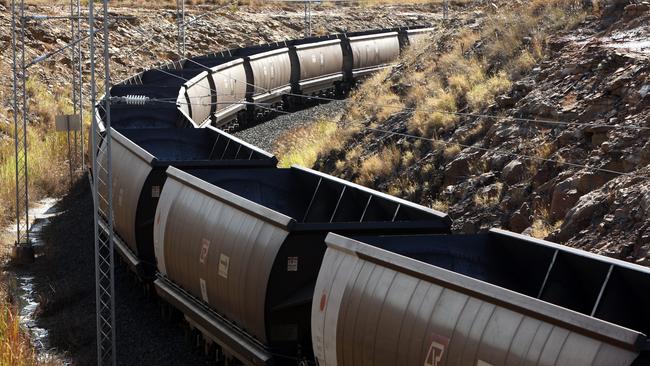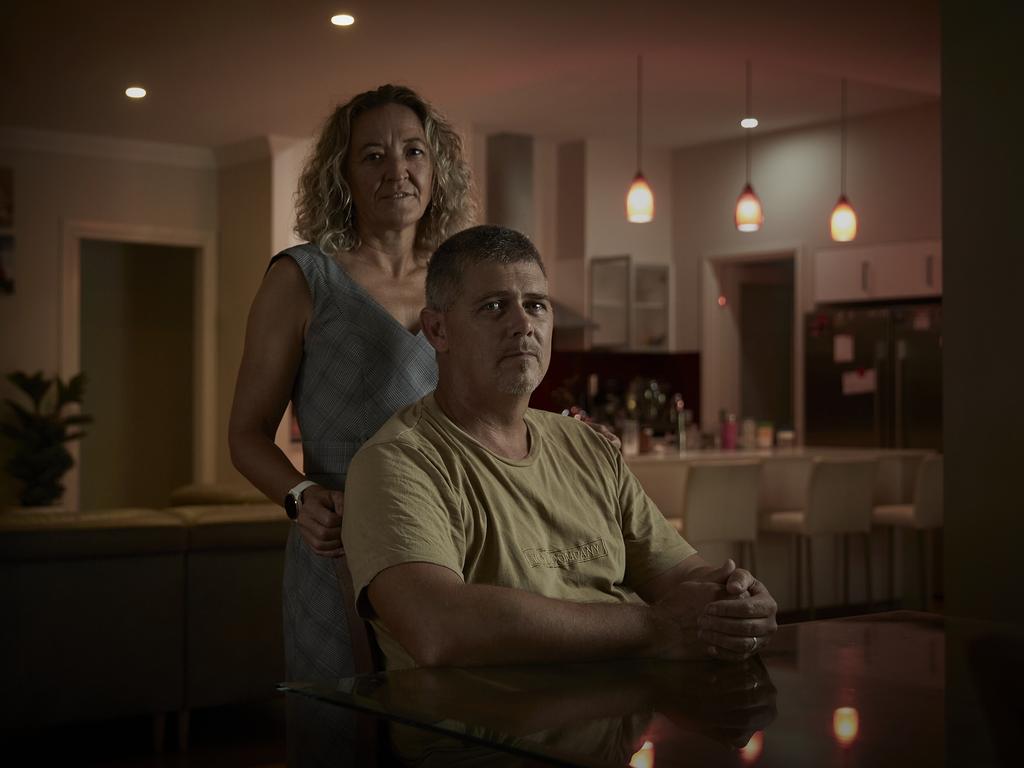Confused or confusing? Labor can’t have it both ways on emissions policy
Labor has to decide – either it wants to cut emissions faster than the Coalition or it does not.

Federal Labor is either confused or purposefully confusing about its emissions trading policy that will tighten the squeeze on big companies to reduce emissions to net zero by 2050.
A dispassionate reading of Labor’s policy would exclude coalmines because they compete with overseas operations that don’t have an equivalent emissions penalty. The same would apply to other trade-exposed industries such as aluminium.
But coal is also a special case because of global sentiment to stamp it out – even though demand for coal is growing strongly, both in the developing world and the West.
Labor can’t have it both ways. Either it wants to cut emissions faster than the Coalition or it does not.
The policy confusion of the past few days has put a spotlight on Labor’s plans to extend the safeguard mechanism to cover more companies with progressively lower amounts of penalty- free emissions.
It also highlights, as in the 2019 election, that within Labor there is little real understanding of what is planned or what the impact of its policies will be – higher prices that will be passed on to end users.
For cover, the ALP has claimed the backing of the Business Council of Australia and modelling company Reputex.
In an opinion article in October 2021, BCA chairman Tim Reed and chief executive Jennifer Westacott put their support behind turbocharging the government’s existing safeguards mechanism. They said this already placed a ceiling on industry emissions.
“We are suggesting this be expanded and tightened to incentivise decarbonisation across the economy while continuing to support our trade-exposed industries,” they said.
Under the BCA’s plan, the Climate Change Authority would be empowered as a trusted source of advice, similar to the Reserve Bank of Australia, to recommend to parliament the make-up of carbon budgets to get to net zero by 2050, but parliament would remain the ultimate decision-maker.
In its analysis of Labor’s policy, Reputex said: “Adoption of the Business Council of Australia’s (BCA) recommendation to improve the safeguard mechanism represents a considerable opportunity to align federal policy with corporate commitments to reach net zero, while creating a transparent signal for private sector investment in least-cost emissions reductions.”
It said improvements to the safeguard mechanism were projected to deliver 213 million tonnes of emissions reductions by 2030.
The BCA plan was for emissions baselines to be reduced “predictably and gradually over time” to “support international competitiveness and economic growth”.
The Reputex modelling for the ALP assumed the current eligibility threshold for the safeguard mechanism is maintained at 100,000 tonnes of CO2 per annum (excluding electricity), with business as usual emissions covering 28 per cent of national emissions in 2020-21, growing to 34 per cent by 2030.
From 2023-24, the cap on emissions would reduce by five million tonnes a year, reaching net zero by 2050. There would continue to be “tailored treatment for emissions intensive trade-exposed industries”.
“Tailored treatment is assumed to be provided to EITEs based on a comparative impact principle”, Reputex said.
The Morrison government has dismissed Labor’s plan as a carbon tax on business.
Before the election is held, Labor must be called to justify its modelling that shows energy prices will fall and jobs grow.
Analysts have questioned the methodology used, claiming lower spot electricity prices have been naively extrapolated across the entire market even though most power is traded on long-term contracts.
The experience from around the world is that cutting emissions costs money, has unintended consequences and is proving to be more difficult than hoped.
All sides, including the Greens and teal independents, must demonstrate they understand what they are doing and how they will achieve the targets they have set, and at what cost.








To join the conversation, please log in. Don't have an account? Register
Join the conversation, you are commenting as Logout